Some iron-based superconductors could benefit from a tuneup, according to two studies by Rice University physicists and collaborators.
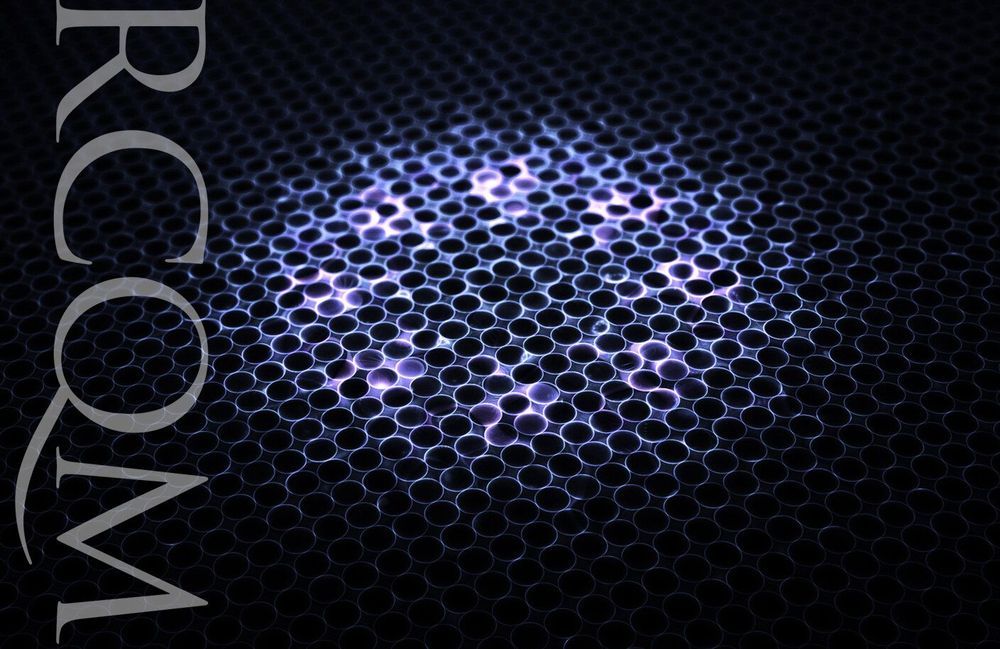

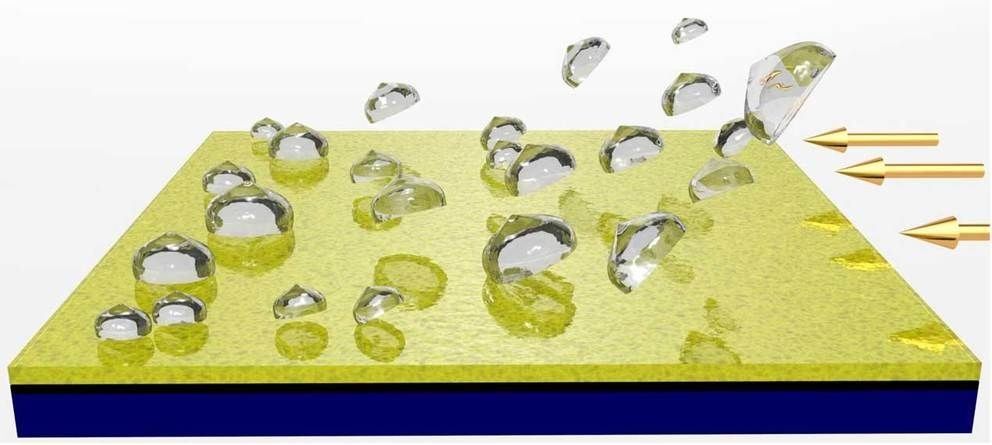
Ice is one of the most significant hazards to drivers and pilots and is blamed for multibillion-dollar losses each year in the US. Ice causes all manner of delays in air travel and damages infrastructure, power generation equipment, and power transmission facilities each year. Scientists from the University of Houston have made a breakthrough in repelling ice that could have uses in multiple industries.
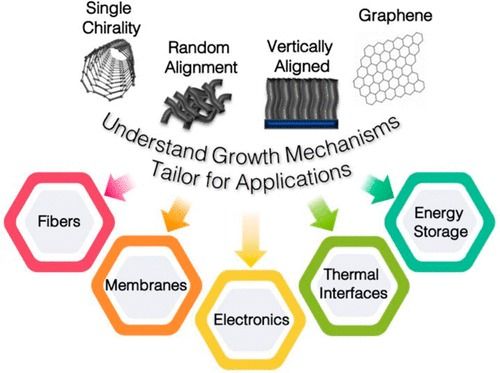
Great Open Access article on Nanotechnology to ring in the new year. #Enjoy
Advances in the synthesis and scalable manufacturing of single-walled carbon nanotubes (SWCNTs) remain critical to realizing many important commercial applications. Here we review recent breakthroughs in the synthesis of SWCNTs and highlight key ongoing research areas and challenges. A few key applications that capitalize on the properties of SWCNTs are also reviewed with respect to the recent synthesis breakthroughs and ways in which synthesis science can enable advances in these applications. While the primary focus of this review is on the science framework of SWCNT growth, we draw connections to mechanisms underlying the synthesis of other 1D and 2D materials such as boron nitride nanotubes and graphene.
2D materials ; boron nitride nanotubes ; carbon nanotubes ; chirality control ; CVD ; graphene ; helicity ; synthesis ;
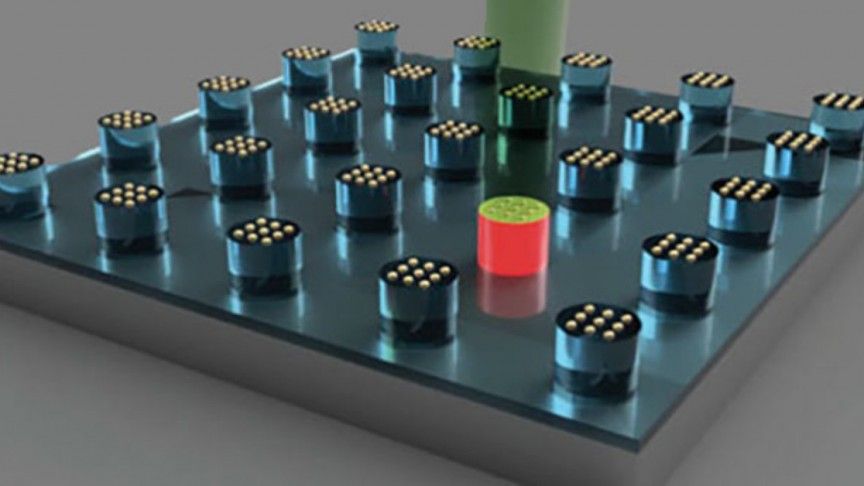
An innovative tool for discovering new materials has shown promise for materials engineers. Throughout history, civilizations have been known by the tools they created and left behind. To create those tools, engineers in every era have had to access materials to accomplish their goals. In the modern era, this often led innovators to craft their own unique materials.
The research has been called a “game changer” in discovering new technologies and the materials to build those technologies.
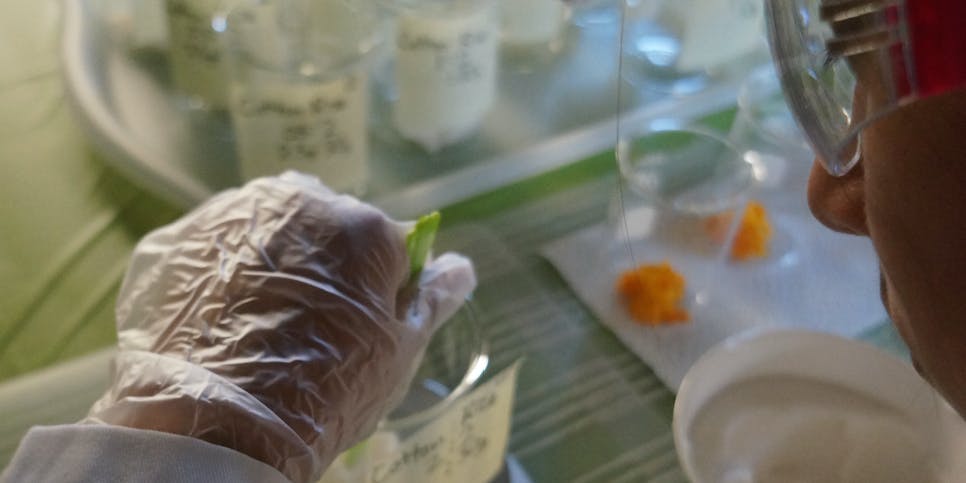
“I remember that, right when the first judge asked me their first question, everything just sort of clicked,” Prawira tells Inverse. “Everything rolled off my tongue to the point where I was talking and not really conscious of what I was saying. Everything was coming out of me, like I was born to say it.”
That science fair was one of many competitions that eventually took Prawira to the nation-wide 2018 BROADCOM Masters tournament in Washington, D.C., where she showed off her work in creating biofiber plastics, created from paper, cotton, and corn husks. About 4,000 student scientists competed in science fairs around the United States to reach that level, and this year Prawira won one of the top awards the competition has to offer.
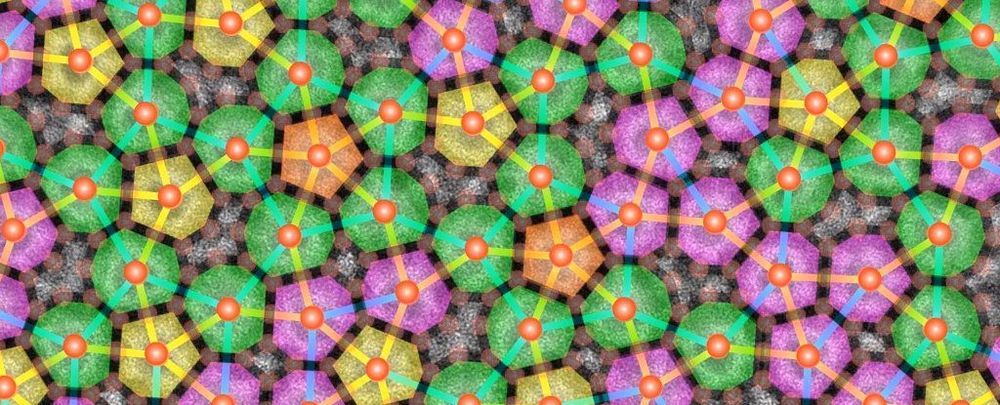
Dan Shechtman has the rare honour of possessing a Nobel Prize for ‘nonsense’.
It’s been nearly four decades since he set out to convince the chemist community of a discovery most considered impossible – a material called a quasicrystal. Now we have just observed a brand new variety of these once ‘impossible’ materials for the first time, one based on a single unit.
Chemists from Brown University have described the successful creation of a self-constructing lattice structure based on a strangely shaped quantum dot.

A team of experimentalists at the U.S. Department of Energy’s Ames Laboratory and theoreticians at University of Alabama Birmingham discovered a remarkably long-lived new state of matter in an iron pnictide superconductor, which reveals a laser-induced formation of collective behaviors that compete with superconductivity.
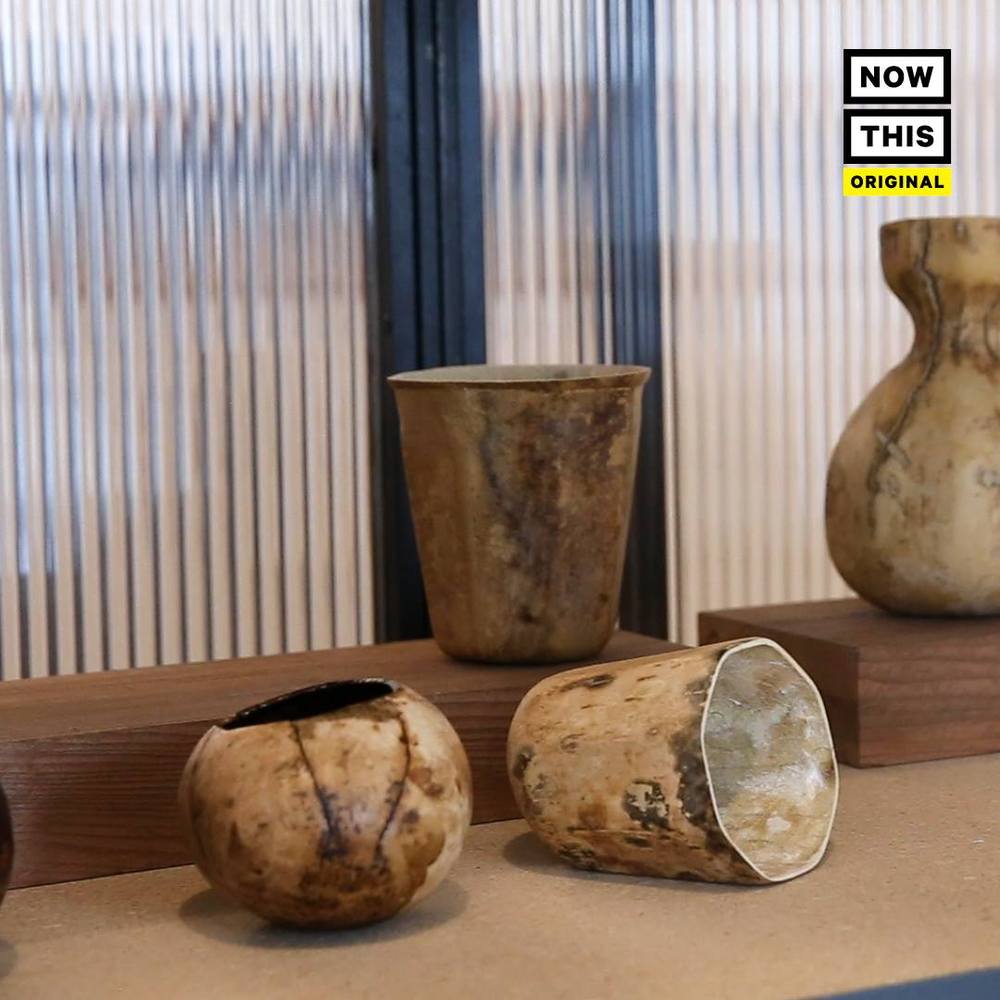
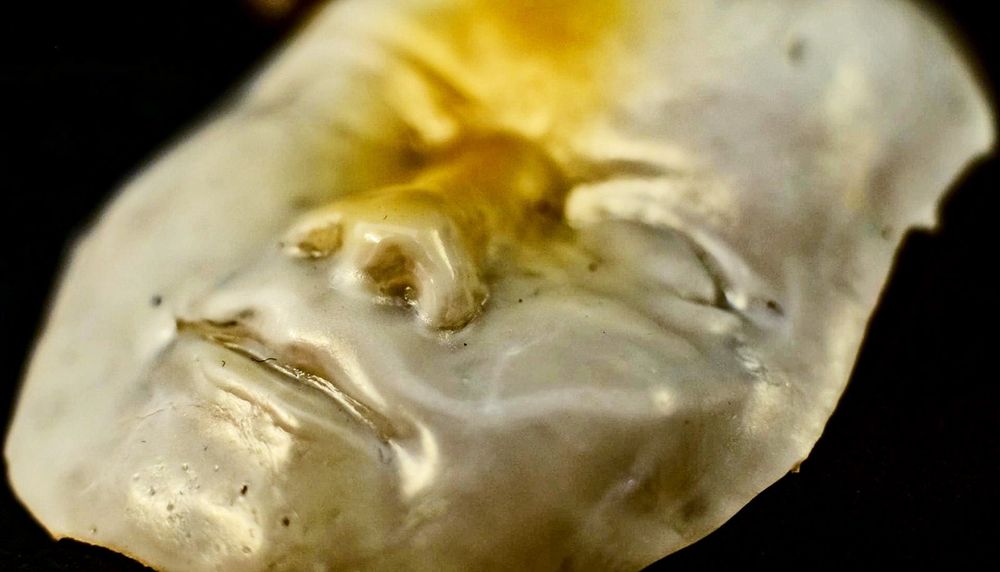
Scientists have created a rubbery, shape-shifting material that morphs from one sophisticated form to another on demand.
The shapes programmed into a polymer appear in ambient conditions and melt away when under heat. The process also works in reverse.
The smooth operation belies a battle at the nanoscale, where liquid crystals and the elastomer in which they’re embedded fight for control. When cool, the shape programmed into the liquid crystals dominates, but when heated, the crystals relax within the rubber band-like elastomer, like ice melting into water.
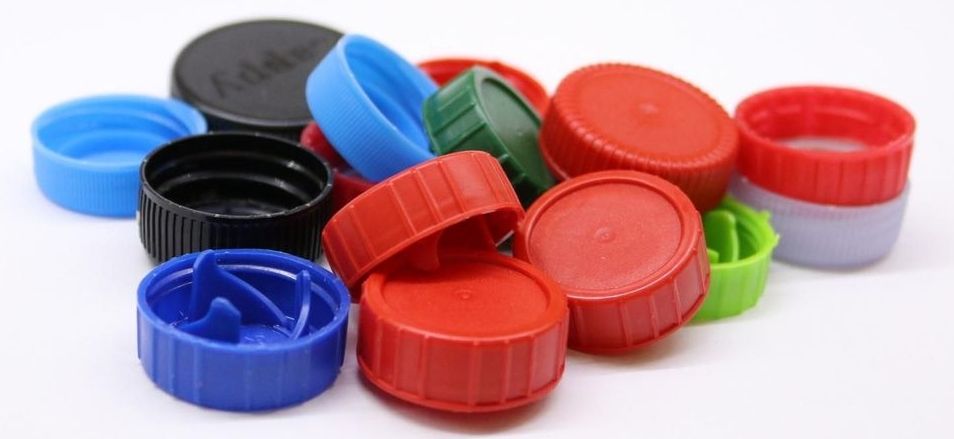
A new Tel Aviv University study describes a process to make bioplastic polymers that don’t require land or fresh water—resources that are scarce in much of the world. The polymer is derived from microorganisms that feed on seaweed. It is biodegradable, produces zero toxic waste and recycles into organic waste.
The invention was the fruit of a multidisciplinary collaboration between Dr. Alexander Golberg of TAU’s Porter School of Environmental and Earth Sciences and Prof. Michael Gozin of TAU’s School of Chemistry. Their research was recently published in the journal Bioresource Technology.
According to the United Nations, plastic accounts for up to 90 percent of all the pollutants in our oceans, yet there are few comparable, environmentally friendly alternatives to the material.